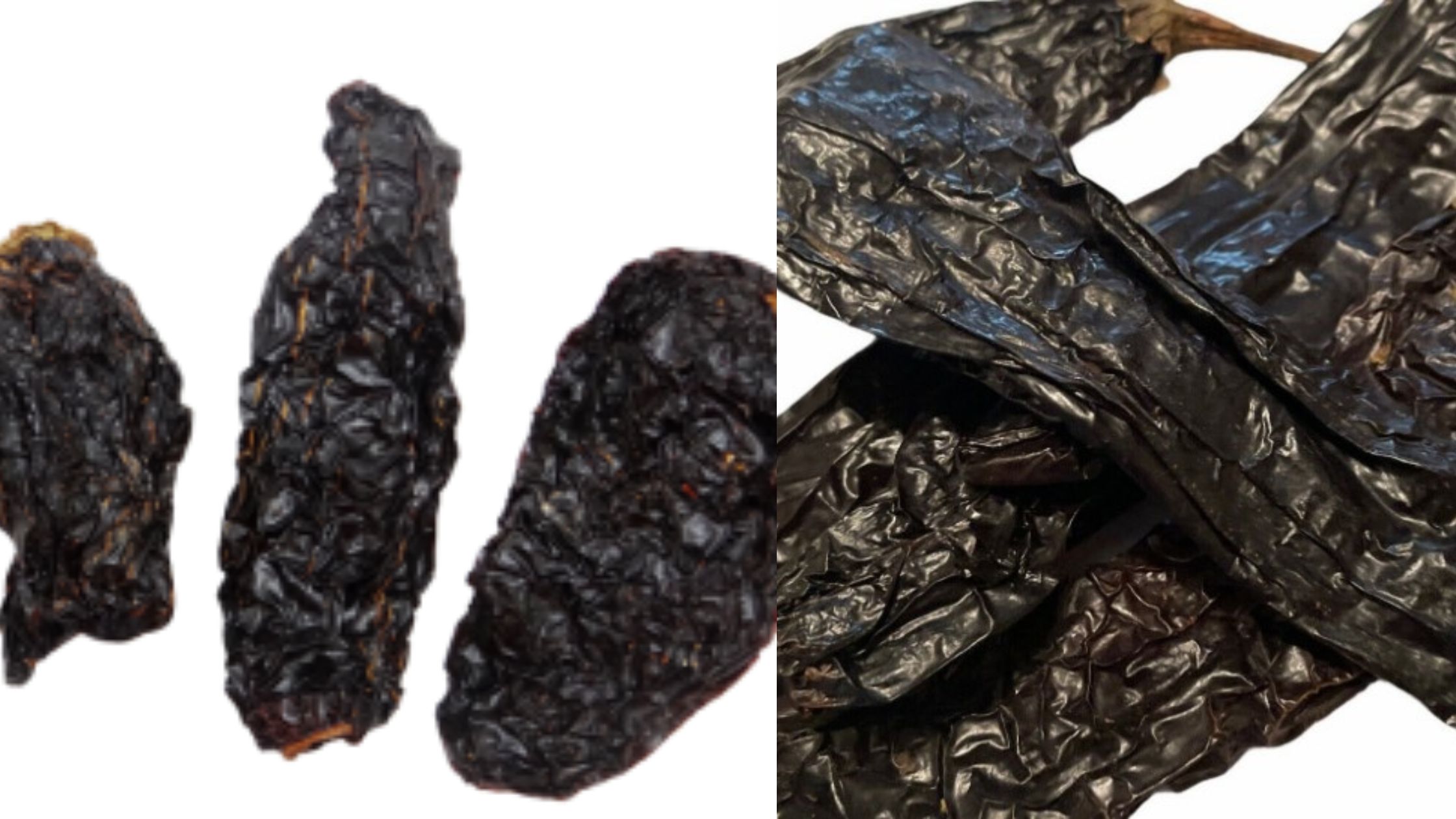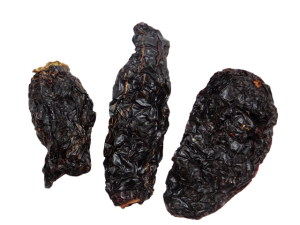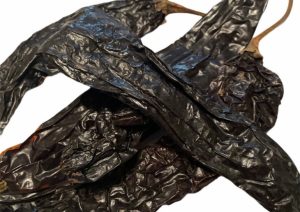
When it comes to Mexican cuisine, chile peppers are an essential ingredient that adds a unique flavor and depth to the dishes. Among the various types of chile peppers used in Mexican cooking, two of the most popular ones are Chile Ancho and Chile Pasilla. While both the peppers may appear similar at first glance, they have significant differences that set them apart from each other.
In this comprehensive guide, we will discuss the difference between Chile Ancho and Chile Pasilla and provide a detailed analysis of each.
Chile Ancho: The Mildly Spicy and Smoky Pepper
Chile Ancho is a type of dried chili pepper that is commonly used in Mexican cuisine. It is the dried version of the poblano pepper and has a mildly spicy flavor with a hint of smokiness. Chile Ancho is typically between 4 to 6 inches long and 2 to 3 inches wide, making it wider than it is long. The pepper’s skin is wrinkled and has a deep reddish-brown color. When dried, the pepper turns a dark brown color and is often used to make chili powder.
One of the significant differences between Chile Ancho and Chile Pasilla is their heat levels. Chile Ancho has a Scoville heat rating of 1,000 to 1,500, making it a mild pepper with a slight kick. It is not as spicy as other types of chili peppers, such as jalapeño or serrano, making it an ideal ingredient for dishes that require a subtle heat level.
Read: How to Use Dried Ancho Chiles in Chili
Chile Pasilla: The Dark and Flavorful Pepper
Chile Pasilla, also known as Pasilla Negro, is another type of dried chili pepper that is commonly used in Mexican cuisine. It is the dried version of the chilaca pepper and has a dark, reddish-brown color with a slightly wrinkled skin. Unlike Chile Ancho, which is wider than it is long, Chile Pasilla is longer and narrower, measuring 6 to 9 inches long but only about an inch in diameter.
Chile Pasilla has a Scoville heat rating of 1,000 to 4,000, making it slightly spicier than Chile Ancho. However, its heat level is still considered mild, and it is often used in dishes that require a more robust flavor profile. The pepper has a sweet and fruity flavor with a hint of raisin, making it a popular ingredient in mole sauces and stews.
Differences Between Chile Ancho and Chile Pasilla
Appearance and Characteristics
Both chile ancho and chile pasilla are dark in color and are usually dried before use. However, their appearance and size differ significantly. Chile ancho is usually wider and flatter and measures between 4 to 6 inches long and 2 to 3 inches wide. In contrast, chile pasilla is longer and thinner, measuring 6 to 9 inches long and about an inch in diameter.
Both peppers ripen to a very dark brown-red that can appear to be almost black. Despite not looking all that much alike, anchos and pasillas are sometimes mistaken for each other[1]. It is essential to know the difference between the two to ensure the right pepper is used in the recipe.
Flavor Profile
The flavor profile of chile ancho and chile pasilla is different. Chile ancho has a sweeter and milder flavor that is less spicy and more fruity than chile pasilla. Its heat level ranges from 1,000 to 2,000 Scoville Heat Units (SHU). In contrast, chile pasilla has a more earthy and smoky flavor with a heat level ranging from 1,000 to 4,000 SHU.
Uses
Chile ancho and chile pasilla are used in various Mexican dishes, including soups, stews, sauces, and moles. Chile ancho is usually used in dishes that require a milder heat level, such as tamales and enchiladas. Its sweet and fruity flavor makes it an excellent choice for adding depth to recipes. Chile pasilla is typically used in dishes that require a more intense and smoky flavor, such as chiles rellenos and chile colorado.
Chile ancho is commonly used to make ancho chile powder, which is used as a spice to flavor various dishes. Chile pasilla, on the other hand, is used to make pasilla chile powder, which has a smoky and rich flavor and is used to add depth and flavor to sauces.











